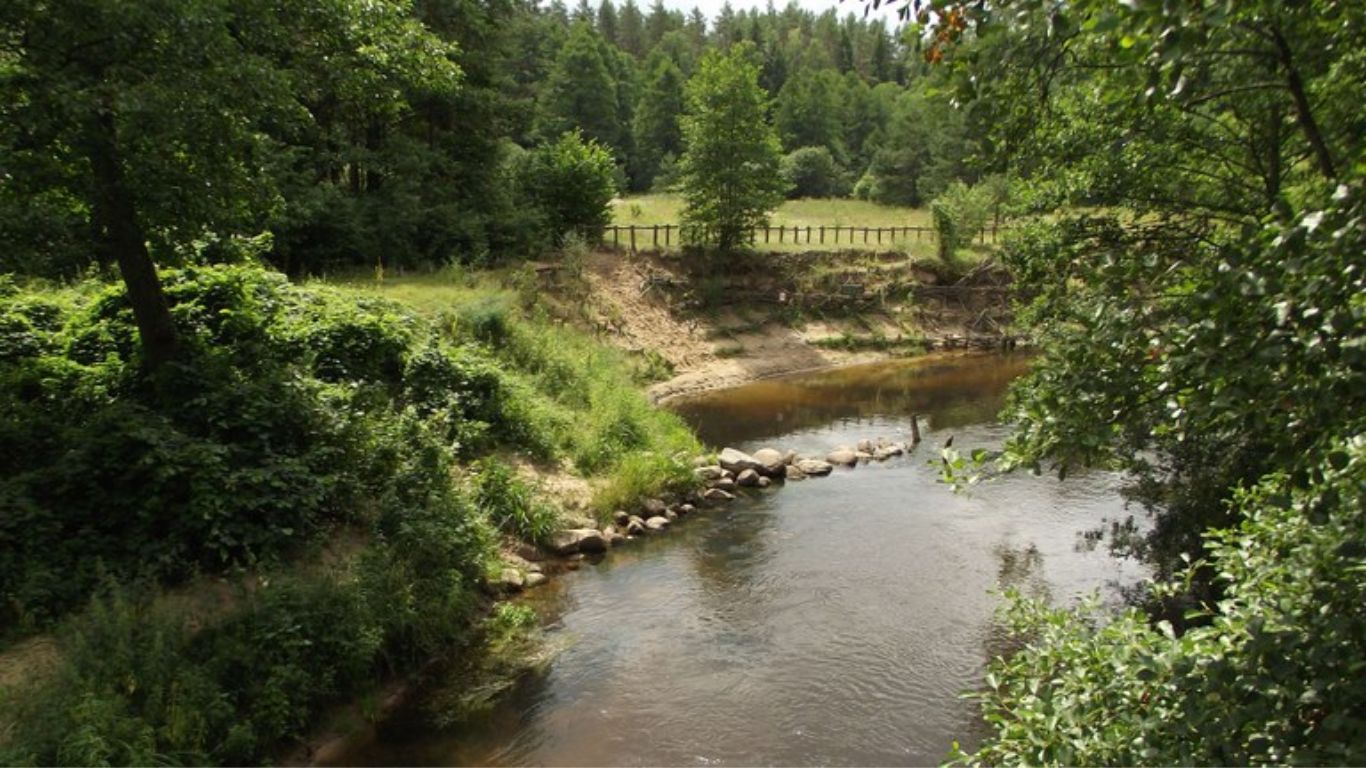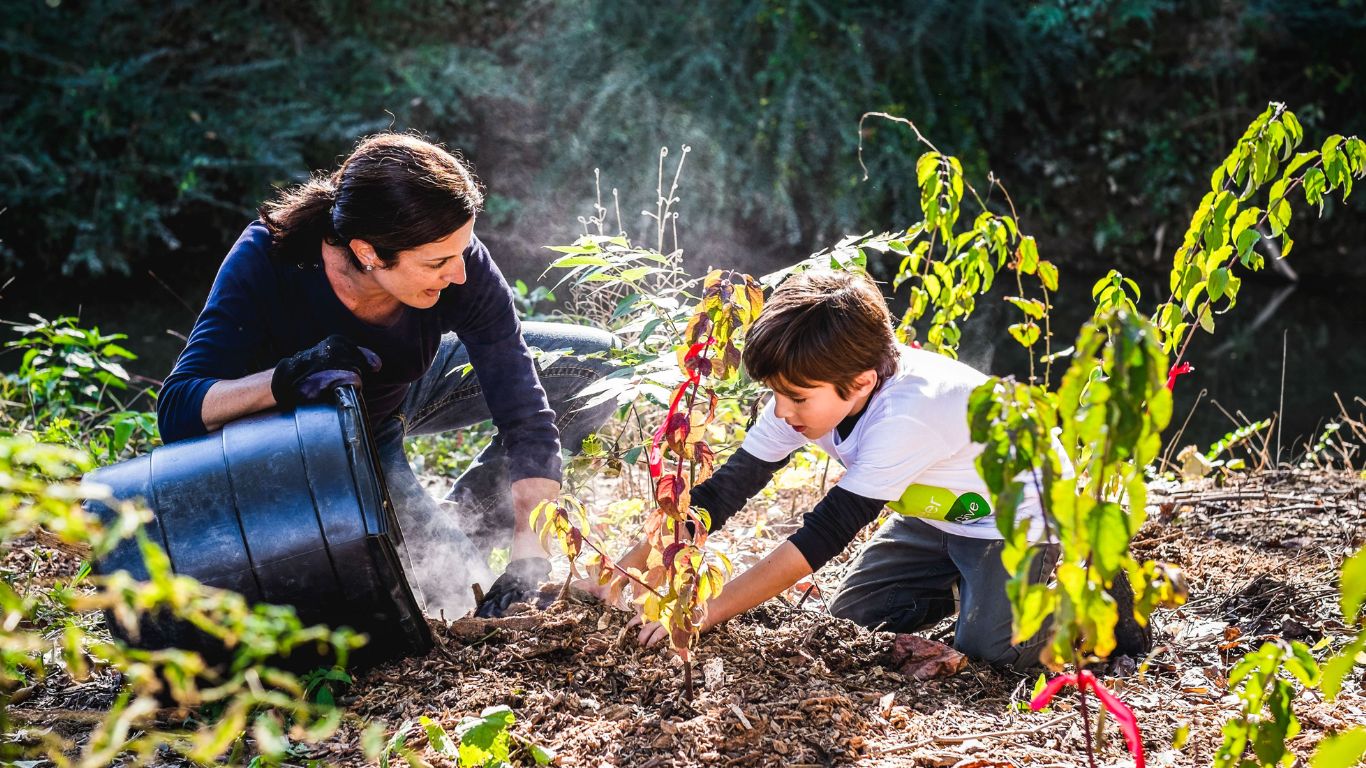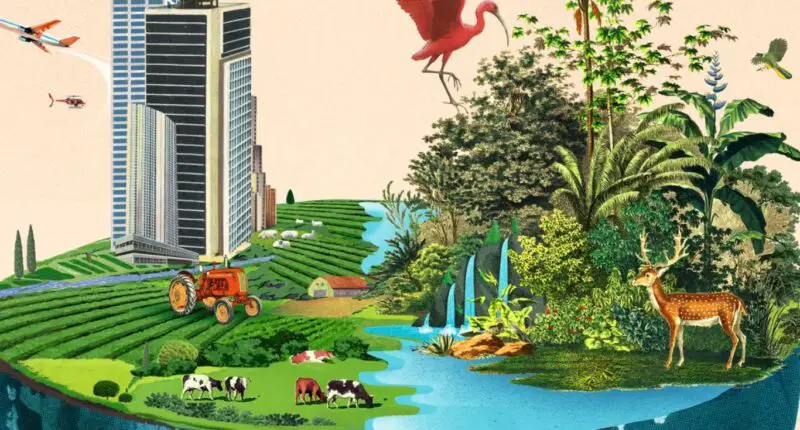Biodiversity, or the variety of life on Earth, is essential for the functioning of ecosystems and the well-being of humanity. But human activities such as deforestation, pollution, and climate change are threatening biodiversity at an unprecedented rate. The loss of biodiversity has significant consequences for the planet, including the disruption of ecosystem services and the extinction of species. In this article, we will explore the The Importance of Biodiversity and How to Protect it. We will examine the benefits of biodiversity, the drivers of biodiversity loss, and the strategies for conservation and restoration.
The Importance of Biodiversity and How to Protect it
What is Biodiversity?

It is short for biological diversity, refers to the variety of living organisms that inhabit the Earth. This includes the diversity of species, genes, and ecosystems. Biodiversity encompasses the full range of life forms, from bacteria and fungi to plants and animals, and the intricate web of interactions that link them together. It also encompasses the diversity of habitats and ecosystems, from coral reefs and rain forests to deserts and polar regions. Biodiversity is essential for the functioning of ecosystems and the provision of ecosystem services, and it plays a critical role in human well-being and sustainable development.
Benefits of biodiversity

Biodiversity provides a wide range of benefits, both to the natural world and to human societies. Some of the key benefits of biodiversity include:
- Ecosystem services: Biodiversity supports the provision of essential ecosystem services such as air and water purification, nutrient cycling, soil fertility, and climate regulation.
- Food and medicine: Biodiversity is a source of food, medicine, and other resources, with many species providing important nutritional and medicinal benefits.
- Cultural and aesthetic values: Biodiversity is a source of cultural and aesthetic values, providing inspiration for art, literature, and spirituality, and contributing to the quality of life and well-being of communities.
- Resilience and adaptation: Biodiversity plays a critical role in the resilience and adaptation of ecosystems and species to environmental change, including climate change and other anthropogenic impacts
- Economic benefits: Biodiversity underpins many economic activities, from tourism and recreation to agriculture and forestry, and provides a basis for sustainable development and poverty reduction..
Drivers of biodiversity loss

Biodiversity loss is driven by a variety of factors, many of which are related to human activities. Some of the key drivers of biodiversity loss include:
- Habitat destruction and fragmentation: The conversion of natural habitats to human land uses, such as agriculture, urbanization, and infrastructure development, is a major cause of biodiversity loss, often resulting in habitat fragmentation and degradation.
- Climate change: The impacts of climate change, such as rising temperatures, changes in precipitation patterns, and sea level rise, are expected to have significant impacts on biodiversity, including changes in species distributions, phenology, and extinction risks.
- Invasive species: Non-native species that are introduced to a new environment can have significant negative impacts on native species and ecosystems, including competition, predation, and disease.
- Overexploitation: The unsustainable harvesting of wildlife, fisheries, and other natural resources can lead to the depletion of species populations and the degradation of ecosystems.
- Pollution: Pollution, including the release of toxic chemicals and the eutrophication of water bodies, can have negative impacts on biodiversity, including changes in species distributions, population sizes, and ecological interactions.
How to Protect biodiversity
There are many ways to protect biodiversity, and the most effective strategies often involve a combination of approaches. Here are some key ways to protect biodiversity:
Protected areas

These areas provide a haven for many species, allowing them to thrive without the threat of human disturbance or exploitation. Protected areas can also help to preserve important ecosystems and the services they provide, such as water regulation, carbon storage, and soil fertility. Protected areas can be used for scientific research and education, helping to increase our understanding of the natural world and the impacts of human activities on biodiversity.
Habitat restoration and connectivity

Many species populations have declined due to habitat destruction and fragmentation caused by human activities. Habitat restoration involves the rehabilitation of degraded areas, such as degraded forests, wetlands or grasslands, to provide suitable conditions for the return of native species. Besides habitat restoration, promoting habitat connectivity by creating corridors between fragmented habitats can help species move between different areas, increasing gene flow and resilience to environmental change. Restoring habitats and promoting connectivity can also have other benefits, such as improving soil fertility, regulating water flows, and reducing the impacts of natural disasters.
Sustainable use of natural resources

Unsustainable use of natural resources can lead to the depletion of species populations and the degradation of ecosystems. Sustainable practices in agriculture can include reducing pesticide use, using crop rotation and intercropping to maintain soil fertility, and promoting agroforestry. Sustainable forestry practices can involve selective logging, reforestation, and conservation of old-growth forests. Sustainable fisheries management can include implementing catch limits and regulations to prevent overfishing, reducing bycatch, and protecting critical habitats.
Invasive species management

Invasive species are non-native organisms that can have negative impacts on native species and ecosystems, often outcompeting or preying on them, or altering the habitat in ways that make it unsuitable for native species. Preventing the introduction of invasive species through measures such as stricter import controls, public education, and quarantine measures is critical to limiting their spread. Once established, invasive species can be difficult to eradicate, but management techniques such as mechanical or chemical control, biological control, and habitat restoration can be effective in reducing their impacts.
Climate change mitigation and adaptation

Climate change poses a significant threat to many species and ecosystems, as it can alter temperature, precipitation patterns, and sea levels, leading to changes in the timing of life-cycle events, species distribution, and habitat availability. Mitigation strategies involve reducing greenhouse gas emissions through measures such as increased use of renewable energy, energy efficiency, and carbon capture and storage. Adaptation measures include increasing the resilience of ecosystems through practices such as habitat restoration, creating corridors, and increasing the diversity of species, to help them cope with the impacts of climate change.
Education and awareness

By raising public awareness about the importance of biodiversity and the threats it faces, we can help to mobilize support for conservation efforts and promote sustainable behavior. Education can take many forms, from formal education in schools and universities to public outreach programs and media campaigns. By educating people about the importance of biodiversity and the consequences of its loss, we can increase public support for conservation efforts, encourage sustainable behavior, and foster a greater appreciation for the natural world. In addition, public awareness campaigns can help to increase funding for conservation efforts and support policies that promote the protection of biodiversity.
Also Read: Why Education is Turning into a Business?



